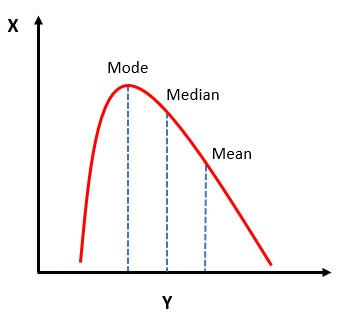An umbrella term for research methods that use numbers to evaluate a data set.
a statistical technique used in psychology (and other fields) to combine and analyze the results of multiple independent studies on the same topic.
Meta-Analysis
A substance or treatment that has no active therapeutic effect but is administered to a participant in an experiment or clinical trial to mimic the real treatment.
Placebo
Participants must be told about the nature of the study or treatment, including its purpose, procedures, potential risks, and benefits, and must give their voluntary consent before participating.
Informed Consent
p=0.03 would be considered...
Statistically Significant
A systematic, empirical approach used to observe, measure, and test psychological phenomena. It ensures that findings are based on objective, replicable evidence rather than personal belief or intuition.
The Scientific Method
A type of research method used to examine the relationship between two or more variables without manipulating them.
Correlational Study
The variable that is manipulated or controlled by the researcher in an experiment to observe its effect on another variable.
Independent Variable
Researchers and psychologists must protect the privacy of participants by keeping personal data and results to themselves. Identifying information should not be shared without the participant’s consent.
Confidentiality
This is a measure of variability or spread that gives you an idea of how spread out the data is.
Range
Experts in the field who evaluate the quality, validity, and relevance of research submitted for publication in academic journals.
Peer Reviewers
A research method used to determine cause-and-effect relationships between variables by manipulating one variable and measuring its effect on another.
Experimental
A method of selecting participants for a study in which each member of a population has an equal chance of being chosen.
Random Sample
Participants should be informed that they can leave the study or treatment anytime without facing any negative consequences.
A measure of the spread or dispersion of a set of values. It indicates how much individual data points deviate from the mean of the dataset.
Standard Deviation
is a psychological phenomenon in which people believe, after an event has occurred, that they knew it all along—even if they had little or no basis for predicting the outcome beforehand.
Hindsight Bias
a research method in psychology used to examine the relative influence of genetics and environment on behavior, traits, or psychological conditions by comparing identical and fraternal twins.
Twin Study
The variable that is measured or observed in an experiment to assess the effects of the manipulation of a different variable.
Dependent Variable
After participation in the study or treatment, researchers must explain the true nature of the study, address any misconceptions, and provide participants with access to support if needed.
Debriefing
a measure that indicates the relative position of a score in a data set. It tells you what percentage of the data falls below a particular score. It’s often used to understand how an individual score compares to others in the distribution.
Percentile Rank
Refers to an individual who demonstrates exceptional skill in making accurate predictions about future events by using advanced cognitive strategies and traits associated with critical thinking, probabilistic reasoning, and cognitive flexibility.
Superforecaster
a type of research design in psychology where data is collected from participants at one specific point in time.
Cross Sectional
An experimental design in which both the participants and the researchers involved in the study are blind to certain key aspects of the experiment, usually the treatment conditions.
Double-Blind Procedure
Researchers and psychologists must ensure that participants are not exposed to unnecessary physical or psychological dangers or distress during a study or therapy.
Do No Harm
The values are not symmetrically spread around the mean, causing the distribution to lean.
Skewed Distribution